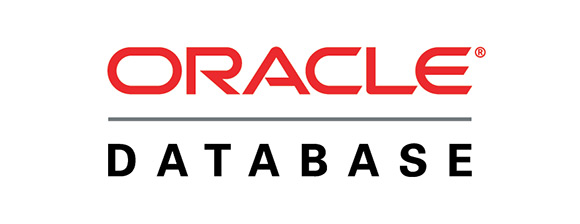04.23.2024
Why You Should Take Power BI Classes

Posted by Marbenz Antonio on July 13, 2022

With the Oracle Base Database Service family on Oracle Cloud Infrastructure, you can now execute Oracle Database applications quicker, with more data, and using appropriately sized database resources (OCI). Higher performance AMD Standard E4 Flex shape Virtual Machines (VMs) with OCI Block Volume storage enables you to run Oracle Enterprise Database Service with up to twice the compute, memory, storage, and networking capabilities previously available. These new capabilities help improve the computation and storage performance of Oracle Standard Database Service.
These VM DB System shapes are based on third-generation AMD EPYC Processors, allowing you to provide any number of OCPUs, up to a maximum of 64 OCPUs (128 vCPUs), with a single Enterprise Database Service VM. Each OCPU includes 16 GB of memory, so adding more OCPUs increases the memory available in a single VM to 1 TB. Each OCPU additionally includes 1 Gbps of network bandwidth, bringing the total amount of network bandwidth for a VM with 40 or more OCPUs to 40 Gbps.
Oracle Base Database Service now provides higher-performance OCI Block Volume storage for workloads with high IO requirements. For single-node installations, AMD VM Standard E4 Flex forms loaded with higher performance storage may grow data capacity up to 80 TB and reach a maximum of 640K IOPS and 5,120 MB/s throughput. You may reach a maximum of 1,000K total IOPS and double the throughput of single-node deployments with a 2-node Oracle RAC deployment with higher performance storage. OCI Block Volume storage with balanced performance is still available and offers a good balance of performance and cost benefits for the majority of applications.
When you configure a VM DB System in the Oracle Cloud Infrastructure (OCI) Console, the theoretical IOPS is now displayed so you know what degree of IO performance to expect. The theoretical IOPS are displayed in the Console based on the number of OCPUs and storage settings. It also indicates which resource, compute or storage, is limiting IO performance, allowing you to make adjustments as needed to get the desired outcome.
The amount of OCPUs in a compute shape can be readily scaled up or down from the OCI Console, with the change taking effect after a VM reboot. In a 2-node Oracle RAC configuration, reboots are performed in a rolling fashion, resulting in no database downtime.
You can also scale up data and recovery storage independently without affecting the VM DB System environment. This allows you to scale up data storage capacity and performance as needed to handle growing data warehouses and transactional workloads.
Oracle Base Database Service is compatible with Oracle Database Enterprise and Standard Edition 12c, 19c, and 21c. Its convergent database engine boosts developer and operational productivity by supporting any data type, workload type, and development style. Oracle Database dramatically simplifies application development, data integration, and database management by allowing you to use a single enterprise-grade database that can be installed anywhere rather than having to maintain a separate single-purpose proprietary database for each data type and workload. With full compatibility with Oracle Database deployments on-premises and in the cloud, you can design applications once and operate them anywhere.
Oracle Base Database Service offers cloud automation via the OCI Console or APIs, reducing manual database administration activities and the possibility of human mistakes. The Oracle Maximum Availability Architecture, which constitutes the high-availability architecture for Oracle databases in the cloud, is developed on Integrated Oracle RAC and Oracle Data Guard. Oracle Base Database Service security not only protects data in the Oracle Database but also offers multi-layer defense-in-depth protection from the database to the cloud. In-depth defense works by adding controls throughout the Oracle stack to strike a balance between risk reduction and operational efficiency.
Oracle Base Database Service is always evolving with new features. Here are some recent changes that make it even more user-friendly.
AMD VM Standard E4 Flex forms for Oracle Base Database Service offer granular OCPU and storage capabilities, allowing you to appropriately size compute, memory, and storage for database applications. By allocating database compute resources in single OCPU increments, you can avoid over-provisioning. Scaling up or down resources in an Oracle RAC setup without disrupting database operations improves availability and meets peak workload needs while lowering expenses.
Here at CourseMonster, we know how hard it may be to find the right time and funds for training. We provide effective training programs that enable you to select the training option that best meets the demands of your company.
For more information, please get in touch with one of our course advisers today or contact us at training@coursemonster.com
